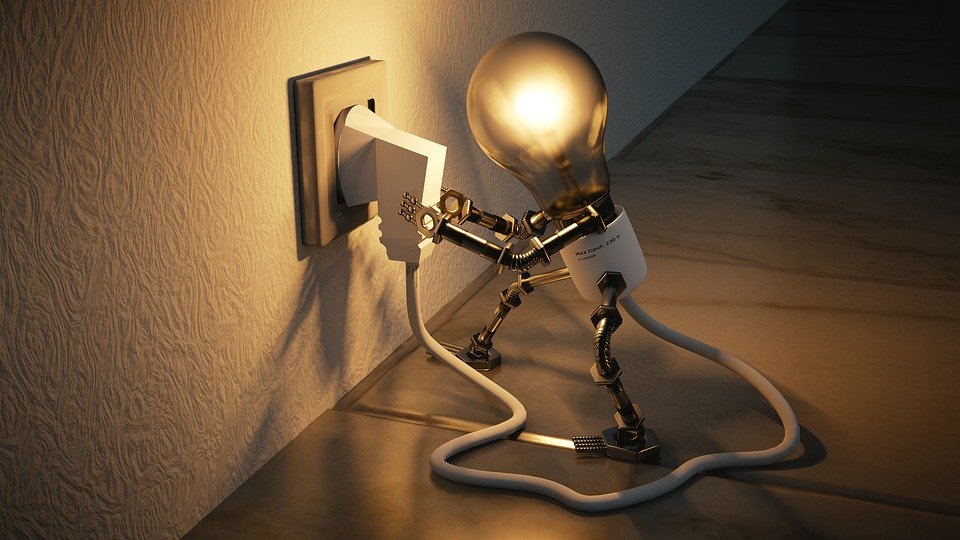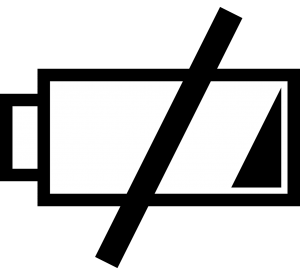Bloody energy-saving lightbulbs, eh? They’ve attracted a lot of chatter lately, and the last thing this debate needs is rabid, misinformed invective from me. But here it is anyway.
For I have vast and unhappy experience of Compact Fluorescent Lamps (CFLs), aka energy-saving or long-life bulbs. It started when an electrician skilfully smashed one in our small bathroom, a facility used mostly by the kids who were cavorting barefoot nearby. Naturally, he sloped off without a word, believing perhaps that placing one large shard of glass in the sink was sufficient duty-of-care for one lazy shiftless lifetime, and possibly unaware that (a) CFLs contain mercury and (b) mercury is bad.
That’s when I learned the proper, EPA-approved clean-up procedure for such scenarios. I won’t bore you with the details because well, they’re boring, but highlights include not being allowed to vacuum or brush (because that makes the mercury airborne) and using sticky tape to pick up small fragments and powder (because you’ve got all weekend to do this, right?)
Also, be aware that CFLs don’t play nice with dimmer switches. Don’t use them together, or, bang!, you’ll end up exploding both.
We have a CFL upstairs which has started to flicker. Constantly. It cost €7.99 a few months ago, but now it has to go. Last week I replaced the candle-style CFL in a child’s reading lamp, for €5.99, because it was melting.
Yes, melting. The whole energy-saving point of CFLs is they don’t get hot – unless, it seems, a fly gets incinerated inside their ugly tubular coils, which is what happened here. But c’mon, who knew that insects would fly towards lights? You can’t expect the bulb people to plan for something as rare as that, can you?
In the kitchen, we have an even more expensive “soft” CFL which supposedly replicates the warmer glow of incandescent bulbs. It also replicates their curvy, tasteful, almost mammary appearance. Sadly, however, it fails to replicate the not-being-a-piece-of-crap aspect of old-fashioned bulbs, in that it only works half the time. Weeks will pass without a single lumen – then one day it’s back, shining away. And I can’t throw it out if it’s still semi-working. I’m not made of lightbulbs.
Look, I’m being moderate here. I haven’t mentioned CFLs’ alleged links to epilepsy and migraine, the cancer scares around their ultraviolet emissions, and the distinct probability that the CIA is using radiation to brainwash and seduce our beautiful redheaded women. I’m not a crackpot.
But dammit, I’d rather sit in the dark than clean up after another broken “long-life” bulb.
George Wells

